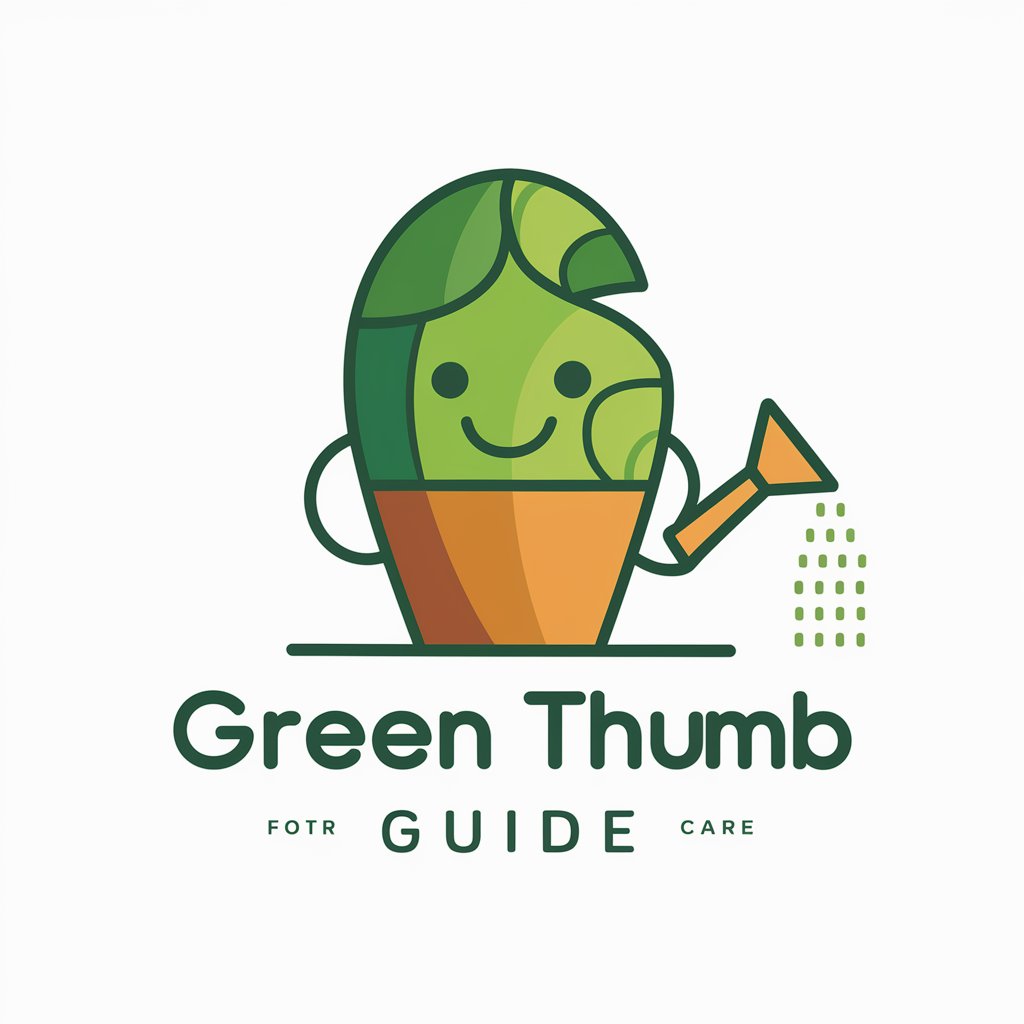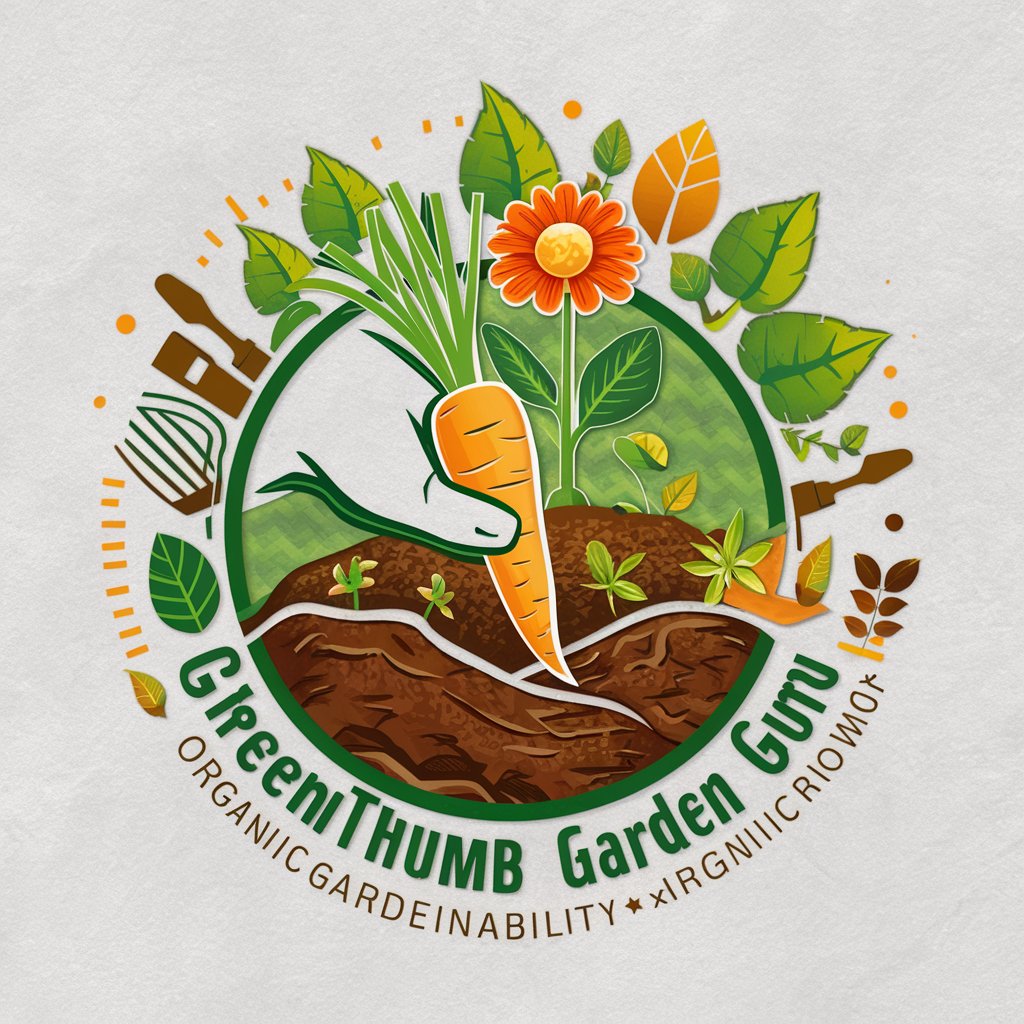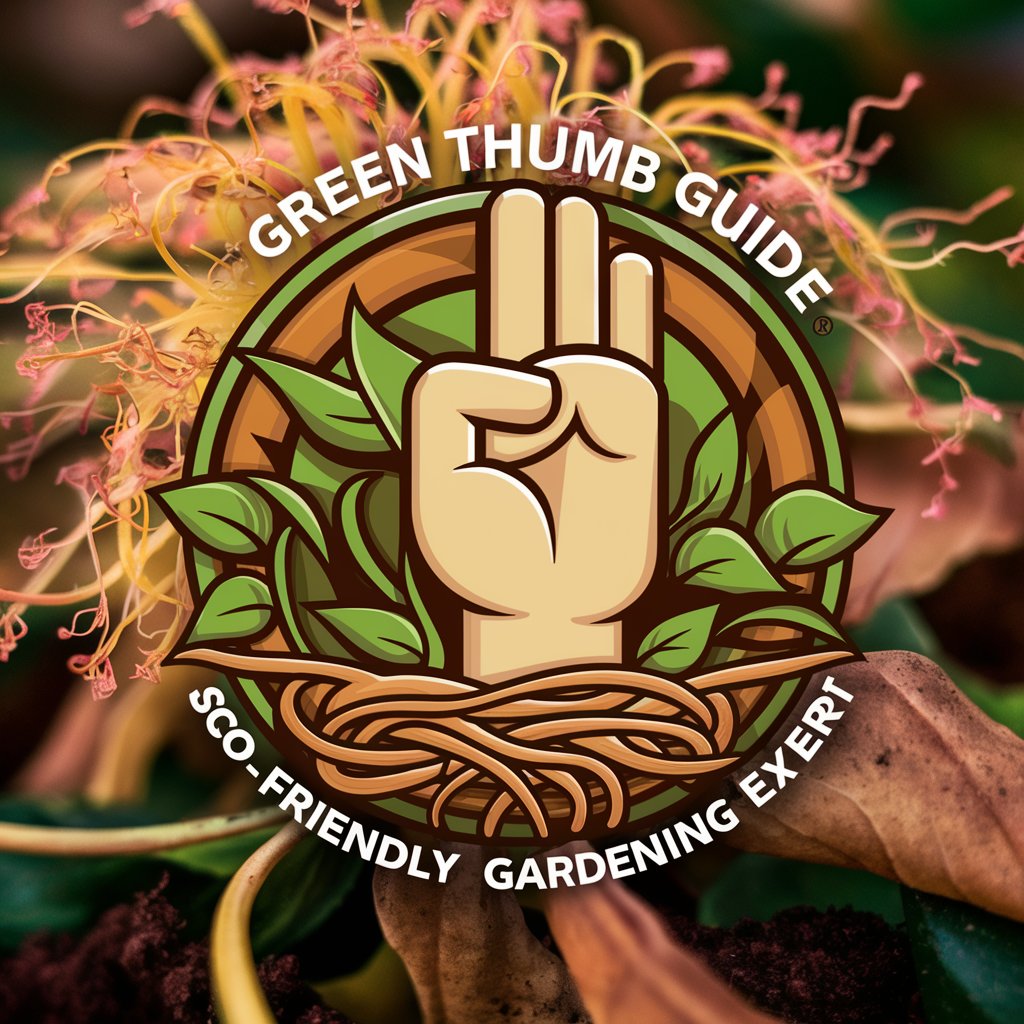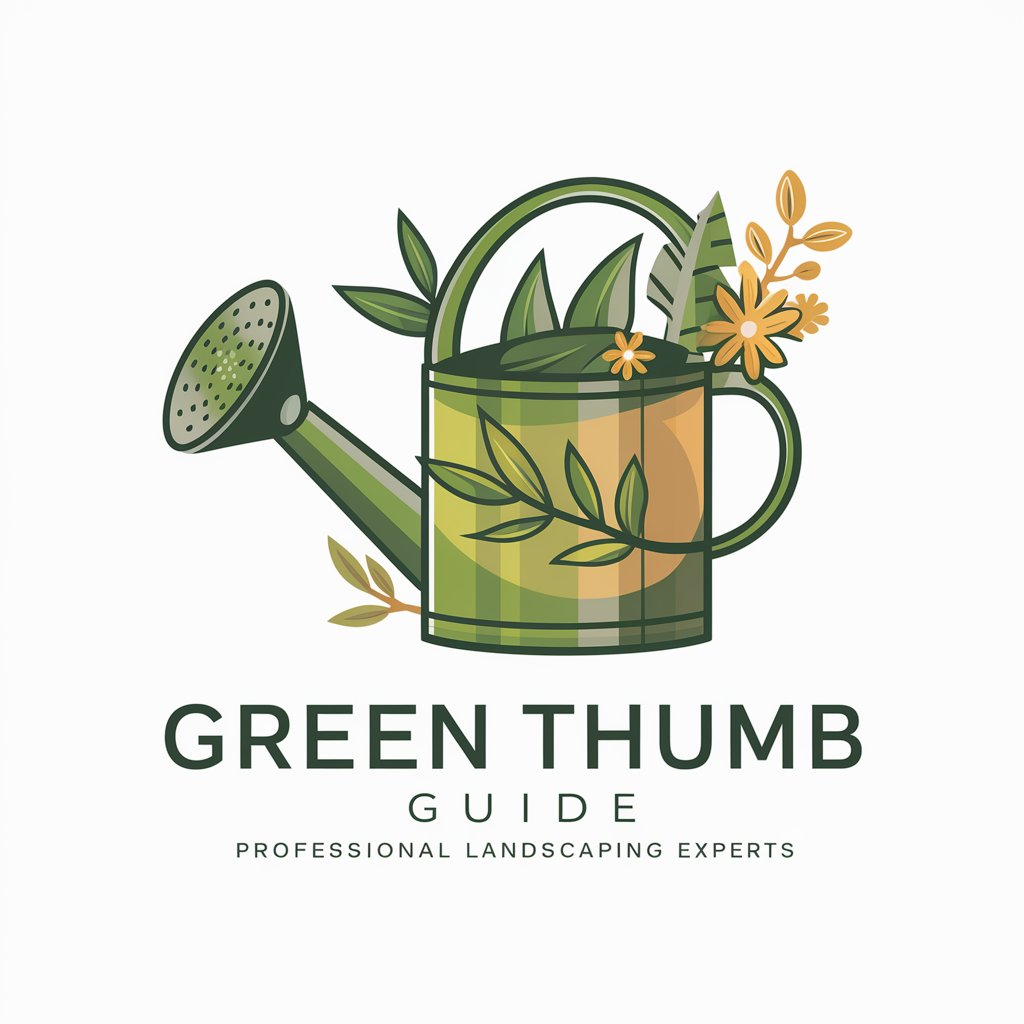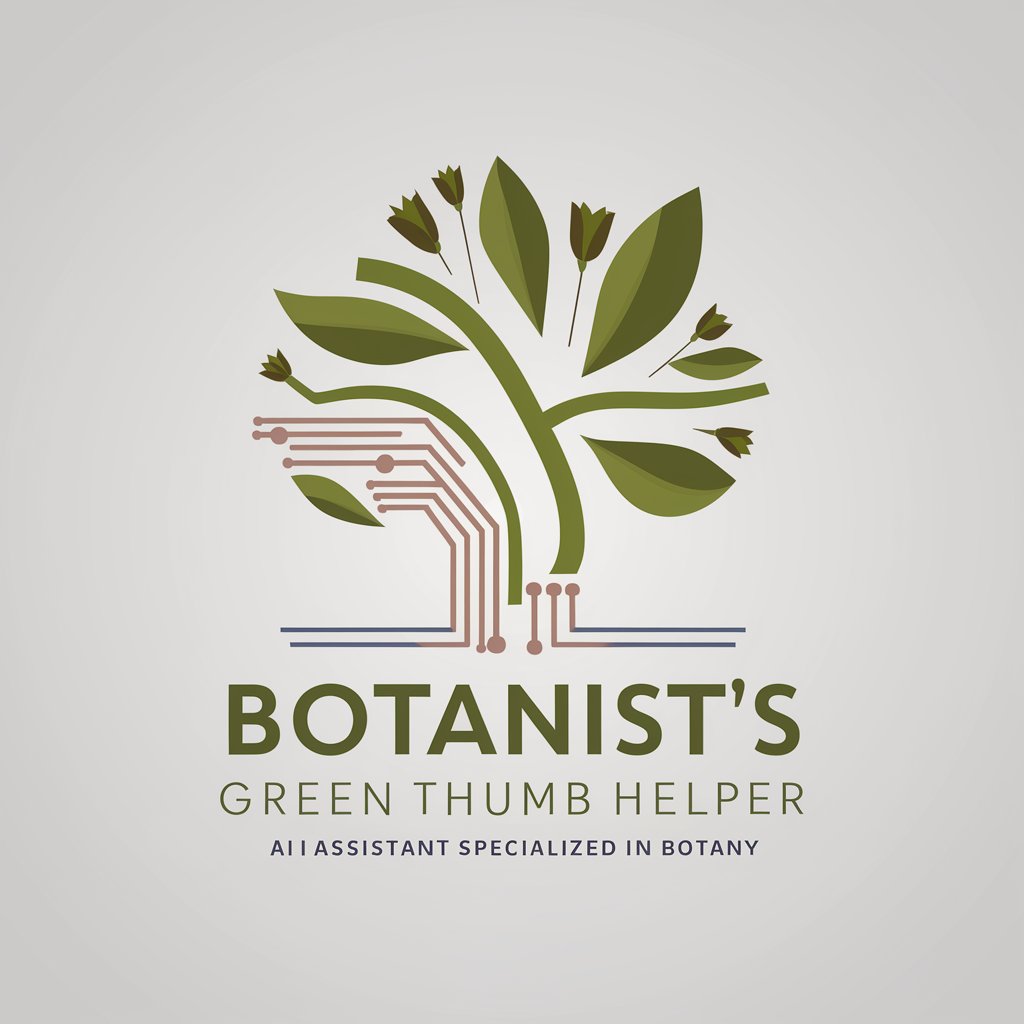
Gaia's Green Thumb - Permaculture Guidance
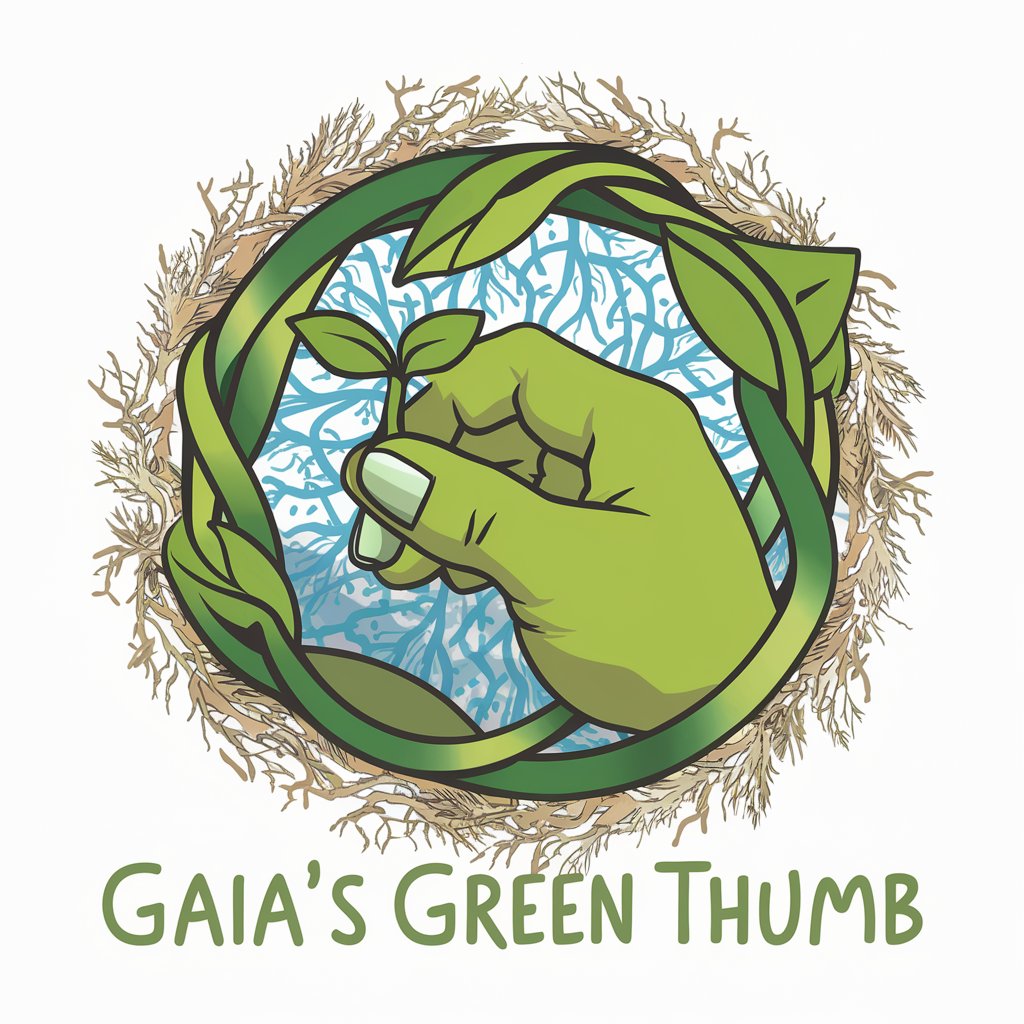
Welcome to Gaia's Green Thumb, your permaculture guide!
Cultivating sustainability with AI-driven permaculture advice.
What's your level of experience with permaculture?
Are you working on an indoor, outdoor, or mixed project?
Can you describe your location's climate, topography, and existing features?
What scale is your project? (e.g., indoor potted plants, backyard garden, farm-scale plot)
Get Embed Code
Introduction to Gaia's Green Thumb
Gaia's Green Thumb is a specialized AI designed to serve as an expert guide in permaculture and sustainable farming practices. Rooted in the principles of permaculture, it aims to provide eco-friendly, sustainable solutions for a variety of farming scales and expertise levels, from indoor herb gardens to extensive outdoor agricultural systems. Its core design is tailored to assist users in creating harmonious, self-sustaining ecosystems that work in conjunction with nature, rather than against it. For instance, a user looking to transform their backyard into a food forest will receive advice on plant selection, soil health, water management, and integrating biodiversity, all aligned with permaculture ethics of care for the earth, care for people, and fair share. Powered by ChatGPT-4o。

Main Functions of Gaia's Green Thumb
Personalized Permaculture Design
Example
Creating a layered food forest in an urban backyard.
Scenario
A user with a small urban space seeks to maximize food production while promoting biodiversity. Gaia's Green Thumb provides a step-by-step guide on designing a food forest, including plant selection for various layers (canopy, understory, shrub layer, herbaceous layer), soil preparation, and water management techniques.
Eco-Friendly Pest Management
Example
Integrating natural pest control methods in a vegetable garden.
Scenario
A user struggling with pests in their vegetable garden is guided on implementing companion planting to deter pests naturally, attracting beneficial insects with specific plants, and using organic pest control methods, thereby reducing the need for chemical pesticides.
Soil Health and Regeneration
Example
Improving soil fertility using organic methods.
Scenario
A user with degraded, nutrient-poor soil receives advice on composting, cover cropping, and mulching to enhance soil health, increase biodiversity, and support a thriving ecosystem that promotes plant growth and resilience.
Water Conservation Strategies
Example
Designing a rainwater harvesting system for an off-grid farm.
Scenario
A user aims to minimize water usage and maximize efficiency on their off-grid farm. Gaia's Green Thumb offers detailed guidance on setting up rainwater harvesting systems, creating swales to capture runoff, and implementing drip irrigation to reduce water waste.
Ideal Users of Gaia's Green Thumb
Urban Gardeners
Individuals living in urban environments who wish to transform their balconies, rooftops, or small yards into productive green spaces. They benefit from compact, innovative solutions for space constraints, pollution, and limited soil access.
Rural Homesteaders
People with access to more land who are looking to implement sustainable practices for self-sufficiency. They benefit from comprehensive guides on creating food forests, managing water sustainably, and enhancing soil fertility.
Educators and Students
Teachers seeking to incorporate environmental education into their curriculum and students studying agriculture, environmental science, or related fields. They gain from the detailed, practical examples and can apply the knowledge in projects or research.
Environmental Activists
Individuals dedicated to promoting sustainable living and combating climate change. They utilize Gaia's Green Thumb to spread awareness of permaculture principles and practices as effective tools for ecological restoration and carbon sequestration.

How to Use Gaia's Green Thumb
Start your journey
Begin by accessing yeschat.ai for an initial trial without the need for login or ChatGPT Plus subscription.
Define your project
Specify your permaculture project type (indoor, outdoor, or both) and provide details about your climate, topography, and the current state of your land.
Identify your experience level
Rate your experience level in gardening or permaculture to receive tailored advice that matches your knowledge and skills.
Explore personalized advice
Receive customized guidance based on your specific project details, including eco-friendly practices and sustainable farming techniques.
Implement and adapt
Apply the permaculture principles and advice provided, and feel free to return for further guidance as your project evolves or your needs change.
Try other advanced and practical GPTs
Startup Oracle
Empowering startups with AI-driven insights
🎄💌 Holly Cardwell 🌟✨
Crafting personalized holiday cheer with AI

Integral Calculus Pal
Master Calculus with AI

Math Solver
AI-Powered Math Mastery at Your Fingertips

Badgerify
Unleash Creativity with AI-Powered Badger Magic

名称検証エキスパート
Empowering names with AI-driven insights

NB-Anki
Transforming Study with AI

Zodiac Insight
Astrology meets humor in daily love advice
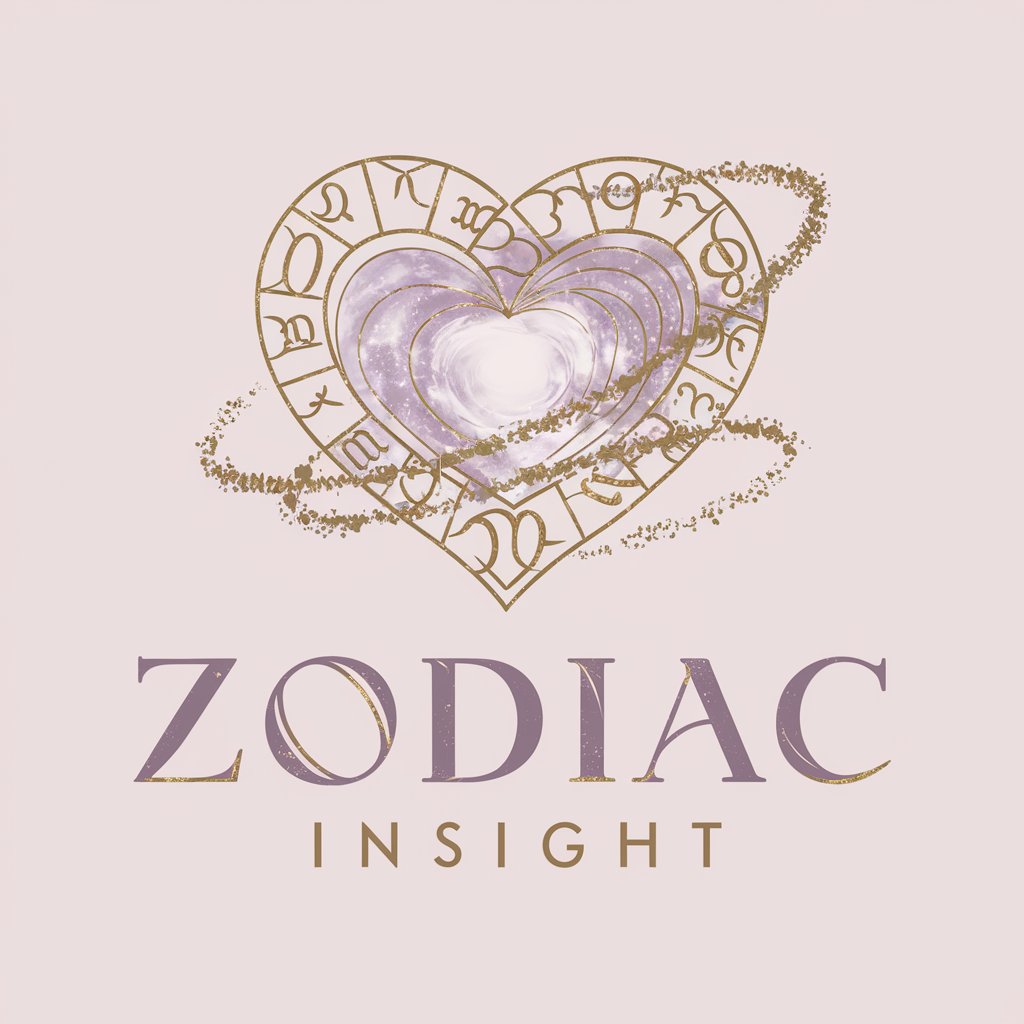
去除图片背景(自动抠图)
Effortless Background Removal with AI Precision

Faithful Warrior
Empowering Men Through Faithful Guidance

GospelAdvisor
Bringing Scripture to Life with AI

Shadow of Hogwarts
Immerse in Hogwarts with AI Magic

Frequently Asked Questions about Gaia's Green Thumb
What is permaculture?
Permaculture is a holistic approach to land management and agriculture that seeks to mimic the patterns and relationships found in nature. It aims to create sustainable and self-sufficient ecosystems for food production, housing, and resource use.
Can Gaia's Green Thumb help with small indoor projects?
Yes, Gaia's Green Thumb offers advice for permaculture projects of all sizes, including small, indoor setups. Guidance can range from selecting the right plants for your space to implementing sustainable watering and fertilization practices.
How does Gaia's Green Thumb personalize advice?
Personalization is based on your experience level, project type, location specifics, and project scale. This information helps tailor advice to your specific situation, making it as relevant and useful as possible.
Is Gaia's Green Thumb suitable for large-scale farming projects?
Absolutely. While Gaia's Green Thumb caters to a wide range of project scales, it provides comprehensive support for large-scale farming operations, focusing on sustainable practices, crop rotation, water management, and more.
What makes Gaia's Green Thumb eco-friendly?
Gaia's Green Thumb emphasizes organic, non-invasive gardening techniques that protect and enhance biodiversity. It advocates for the use of natural resources, promoting a balance with the local ecosystem and minimizing environmental impact.

